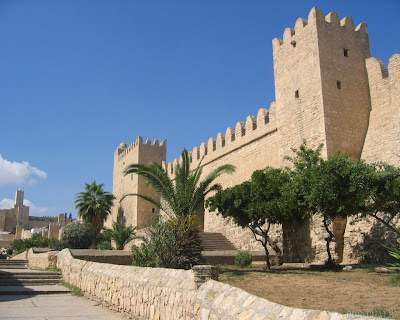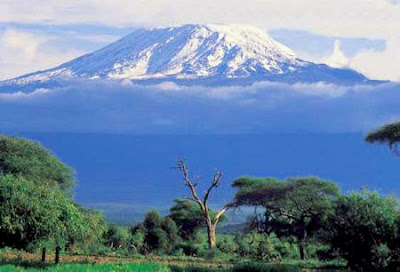

Tanzania is experiencing a real tourist boom.
Once a country has committed itself to democratic reform, she became the fastest growing tourist destination in Africa. Confirmed not only the growing flow of tourists, but also sharply increased foreign investment in infrastructure in the rest of the country. In recent years, are noticeably more active leading international hotel chains, among which - Kempinski Hotels and Resorts and Movenpick and Sun International. According to the Regional Director of Kempinski Hotels and Resorts Marcus van der Wahl, Tanzania - one of the most promising tourism markets of the modern world, so Kempinski opened here 3 of its hotels. Mr. Wahl is sure that plenty of tourists will not be. According to preliminary estimates, Tanzania in 2006 to visit more than 600 thousand tourists (for comparison, in 2005 there were 582 thousand 807 people).
In Tanzania there are the world-renowned attractions. For instance, a picturesque lake, the waters of which attract large flocks of flamingos during the breeding season, as well as the famous conservation parks in the north, the Serengeti and Ngor Ngor, where you can see a huge number of elephants and migrating wildebeest. The southern parks - Selous and Ruaha - located in the side of the popular routes, and even further - Katava, the area where the hunt lions, and Mahala - a real paradise for chimpanzees. Tanzania is the highest in Africa and one of the highest mountains of the world - Kilimanjaro, whose summit is always covered with snow and stunning views of the black continent.
However, the political situation in the country is still far from the perfect one and the latest news about Tanzania were preventive in nature. Time and again the authorities of different countries calling tourists to be careful when visiting this exotic country, especially before elections. While on the mainland past elections are held fairly peacefully on the islands, they are accompanied by demonstrations.
Once a country has committed itself to democratic reform, she became the fastest growing tourist destination in Africa. Confirmed not only the growing flow of tourists, but also sharply increased foreign investment in infrastructure in the rest of the country. In recent years, are noticeably more active leading international hotel chains, among which - Kempinski Hotels and Resorts and Movenpick and Sun International. According to the Regional Director of Kempinski Hotels and Resorts Marcus van der Wahl, Tanzania - one of the most promising tourism markets of the modern world, so Kempinski opened here 3 of its hotels. Mr. Wahl is sure that plenty of tourists will not be. According to preliminary estimates, Tanzania in 2006 to visit more than 600 thousand tourists (for comparison, in 2005 there were 582 thousand 807 people).
In Tanzania there are the world-renowned attractions. For instance, a picturesque lake, the waters of which attract large flocks of flamingos during the breeding season, as well as the famous conservation parks in the north, the Serengeti and Ngor Ngor, where you can see a huge number of elephants and migrating wildebeest. The southern parks - Selous and Ruaha - located in the side of the popular routes, and even further - Katava, the area where the hunt lions, and Mahala - a real paradise for chimpanzees. Tanzania is the highest in Africa and one of the highest mountains of the world - Kilimanjaro, whose summit is always covered with snow and stunning views of the black continent.
However, the political situation in the country is still far from the perfect one and the latest news about Tanzania were preventive in nature. Time and again the authorities of different countries calling tourists to be careful when visiting this exotic country, especially before elections. While on the mainland past elections are held fairly peacefully on the islands, they are accompanied by demonstrations.










































)).JPG)








